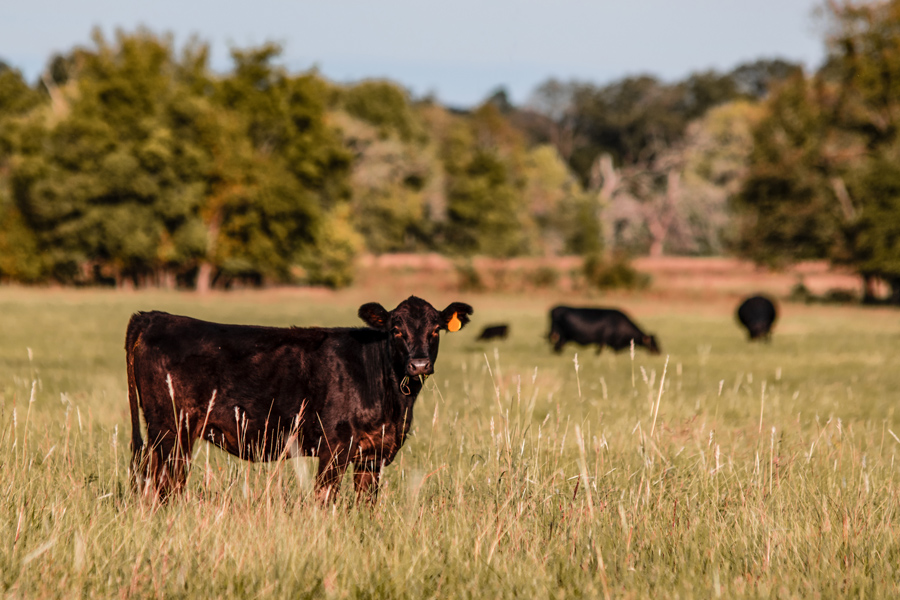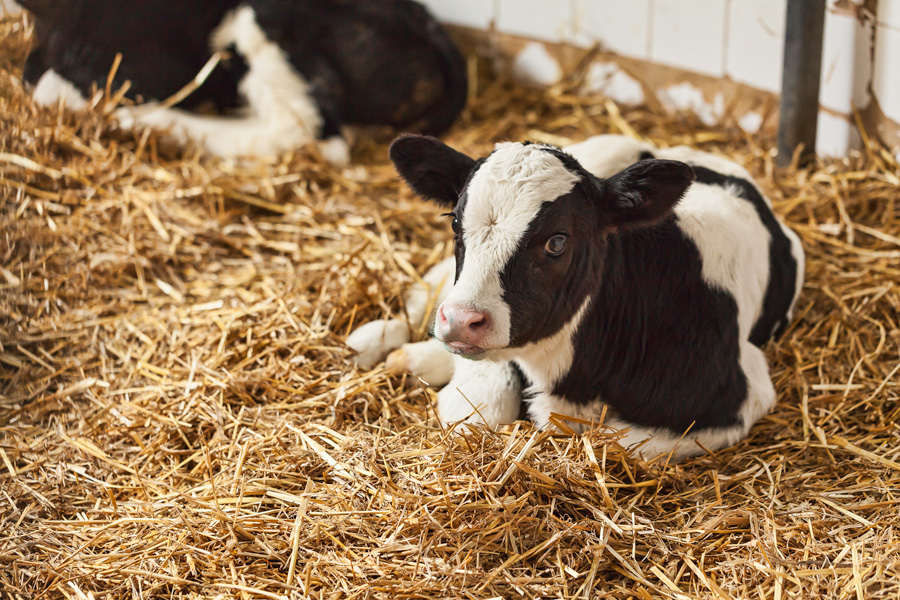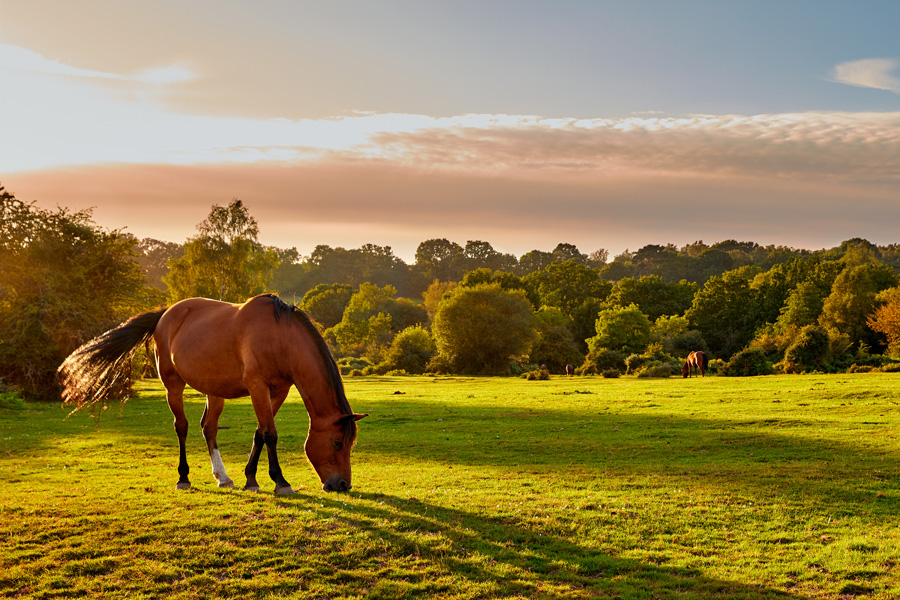

Drought can have a double impact on cattle producers. Not only is forage limited during the grazing months, but also the production of hay is limited. With the lack of forage, both grazed and conserved, many producers are looking for sources of feed for their cattle going into the fall and winter. Hay is an option, but it’s not the only option. Hay replacement rations can be an economical option to purchasing additional hay. Grains are often cheaper per unit of energy than hay, especially when hay prices increase during a drought period.
When considering these feeding options, producers should consider three major issues: 1. Cost of the potential feeds and their nutrients, 2. Which rations will meet the nutritional requirements of their cattle, and 3. How to properly feed cattle with the hay replacement ration.

Published by University of Georgia Cooperative Extension. For more information or guidance, contact your local Extension office.
The University of Georgia College of Agricultural and Environmental Sciences (working cooperatively with Fort Valley State University, the U.S. Department of Agriculture, and the counties of Georgia) offers its educational programs, assistance, and materials to all people without regard to age, color, disability, genetic information, national origin, race, religion, sex, or veteran status, and is an Equal Opportunity Institution.
Status and Revision History
- Published with Full Review on June 26, 2024
What is a Bulletin?
Bulletins represent a major writing effort and cover a broad subject area. They address individual topics in a particular discipline for a specific commodity.
Written and Reviewed by Experts
This resource was written and reviewed by experts. Click below for more information on how we produce science you can trust.






